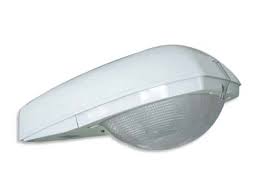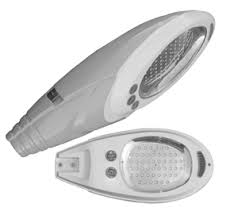
Tonight I taped 2 new episodes of my local access t.v. show "Its Easy Being Green." My guest for the first show was Kelly Beatty, who is an amateur astronomer and a science journalist. You can read more about him in this link. Kelly came on the show to talk about light pollution, which is something that he loves to educate people on. Light pollution is when there are to many lights, especially certain kinds of lights, that make it hard to see the night sky in all of its glory (stars that light up the sky).

He showed how you can see the lights of our planet from space. In the United States, most of the light pollution happens east of the Mississippi River. He also noticed a difference in the light pollution in where I live vs where he lives (different parts of the same town). I live closer to a larger city and thus I have more light pollution around my house. We talked about how using LED lights and solar lights around your home is better. It is also better to use motion sensitive security lights vs the ones that just stay on. The best kind of lights to have outside are the ones that point down / radiate the light downward vs ones that shoot light up into the sky. Residential lights are a very small percentage of the light pollution. The biggest ones are the street lights. Also business lights (both indoor and outdoor) contribute to the light pollution. Our town has a light ordinance so that it restricts how much light pollution comes from any new outdoor lights.

One way to do this is to change the street lamps from having a bowl like light fixture coming from the bottom of them. This bowl like cover makes light radiate downward as well as to the sides.

Instead they should have a flat cover over the light so that the light only radiates downward. This will help reduce the amount of light pollution. Also it is less harsh for your eyes.
Light pollution also effects animals. Kelly said that some bird migrate at night using the light on the horizon as their guide. Some of these birds have been know to follow the horizon light, which ended up being a large city due to light pollution, to a lit up building. Then they would circle the building until they died. Very sad.
To learn more about light pollution, please visit http://www.darksky.org.

Thanks for blogging about something most of us don't think about often. A friend and I did a presentation on light pollution for one of our university labs. I found the information extremely interested!
ReplyDeleteYou might also enjoy watching these 3 videos on light pollution. http://www.youtube.com/watch?v=YoVD1nIzfoU
ReplyDelete